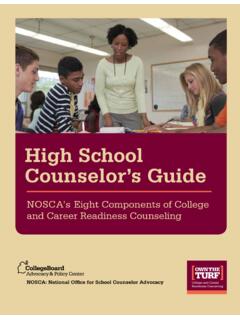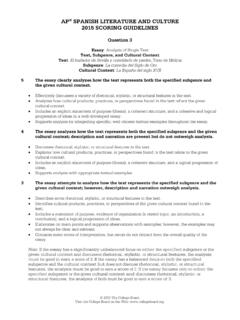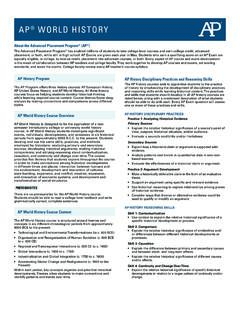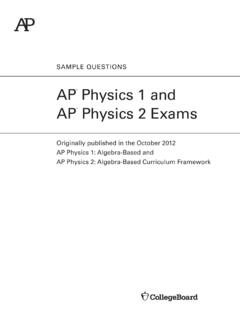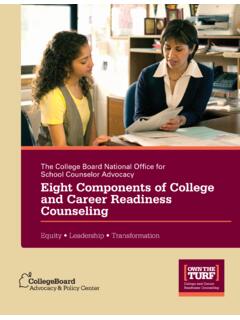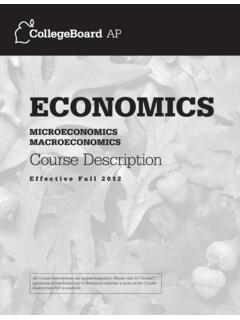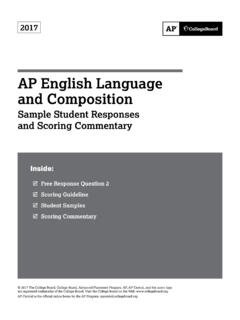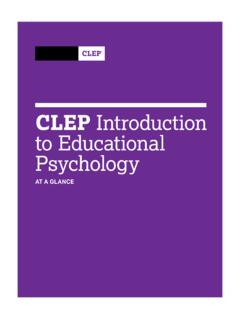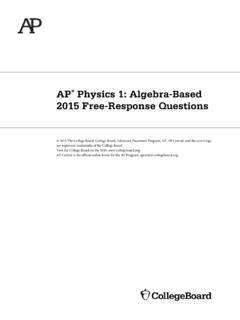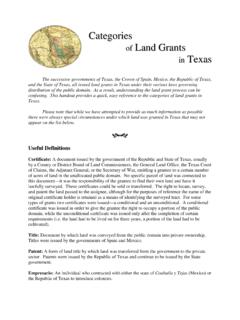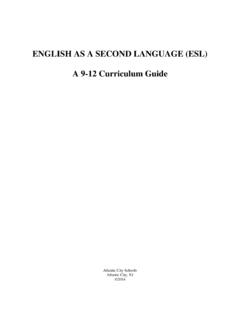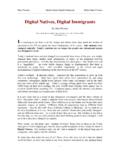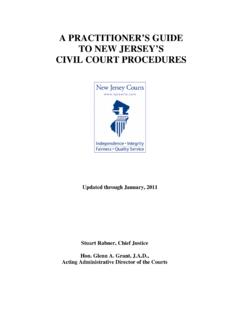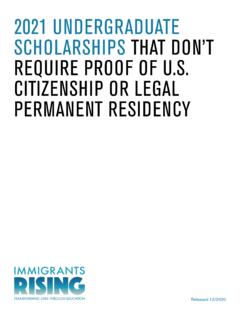Transcription of AP UNITED STATES HISTORY 2016 SCORING GUIDELINES
1 AP UNITED STATES HISTORY 2016 SCORING GUIDELINES 2016 The College Board. Visit the College Board on the Web: Short Answer Question 1 Using the graph above, answer ( a), (b), and ( c). a) Briefly explain how ONE major historical factor contributed to the change depicted on the graph. b) Briefly explain ONE specific historical effect that resulted from the change depicted on the graph. c) Briefly explain ANOTHER specific historical effect that resulted from the change depicted on the graph. SCORING Guide 0 3 points Score 3 Response accomplishes all three tasks set by the question.
2 Score 2 Response accomplishes two of the tasks set by the question. Score 1 Response accomplishes one of the tasks set by the question. Score 0 Response accomplishes none of the tasks set by the question. Score NR Is completely blank AP UNITED STATES HISTORY 2016 SCORING GUIDELINES 2016 The College Board. Visit the College Board on the Web: Short Answer Question 1 (continued) SCORING Notes a) Briefly explains how ONE major historical factor contributed to the change depicted on the graph. Examples of responses to (a) that would earn the point: Expanding market economy in the UNITED STATES in the antebellum period Opportunities for land Homesteading, farming, and pioneering in the West Domestic service and factory positions (textiles, shoes, etc.
3 In the East and Midwest Contract immigration labor also brought over in this period Attraction of religious freedom and/or economic opportunity for Irish and Germans Push factors from Europe ( , religious persecution, Irish potato famine, lack of opportunity) b/c) Briefly explains ONE specific historical effect that resulted from the change depicted on the graph. Examples of responses to (b) and (c) that would earn the points: Demographic concentration of immigrants in northeastern cities. Growing nativist (anti-immigration) movement in the UNITED STATES .
4 Anti-Catholic movement. Concerns about ethnic enclaves and political power of immigrants. Formation of political parties that had a nativist platform ( , Know-Nothings) while other parties sought to capitalize on immigrant vote, in particular urban Democrats in New York City and Boston. Immigrants became the labor force that built the canals and antebellum regional railroads, and they helped shaped the infrastructure of the country. Immigration increased divisions between the North and the South: North and Upper Midwest characterized by free, immigrant labor while South and Southwest by enslaved labor.
5 Immigration helped shape a new national culture. Immigrants created their own ethnic cultures within the UNITED STATES . Irish and German consumption and production of beer and wine contributed to early temperance activism. 2016 The College the College Board on the Web: 2016 The College the College Board on the Web: 2016 The College the College Board on the Web: UNITED STATES HISTORY 2016 SCORING COMMENTARY 2016 The College Board. Visit the College Board on the Web: Short Answer Question 1 Overview This question asked students to evaluate a graph that depicts the rapid rise of immigration between 1820 and 1859 in order to explain what groups immigrated and what pushed and pulled them to the UNITED STATES .
6 Additionally, students were asked to briefly explain two historical effects of the immigration depicted (tasks b and c). The question assessed the historical thinking skill related to causation through both the evaluation of the graph and the explanation of historical effects. It additionally required students to evaluate and use historical information from across Period 4 (1800 1844) and Period 5 (1844 1877). Sample: 1A Score: 3 a) 1 point: This well-written response earned a point for identifying increased immigration in the given time period as a result of the potato famine in Ireland.
7 B) 1 point: The response earned a point as it connects xenophobia to the fear that immigrants would disrupt American culture thereby leading to the Know-Nothings. c) 1 point: In spite of the reference to specific examples outside the period, the answer earned a point for noting that increased immigration made for cheap labor. Sample: 1B Score: 2 a) 1 point: This brief response earned a point for identifying that due to the Industrial Revolution more and more factory jobs were available, causing an influx of immigration.
8 B) 1 point: The response earned a point for the stating that true Americans developed negative feelings towards immigrants. c) 0 points: No point was awarded for this response because it incorrectly asserts that a 3% limit applied to immigration during this period. Sample: 1C Score: 1 a) 0 points: This response did not earn a point since it discusses slavery, which is not connected to the information depicted on the graph. b) 0 points: This confused response, locating the Great Depression in the 1800s, did not warrant a point.
9 C) 1 point: The response received a point for its mention of immigrants working factory jobs for lower wages in America s more industrialized economy.
